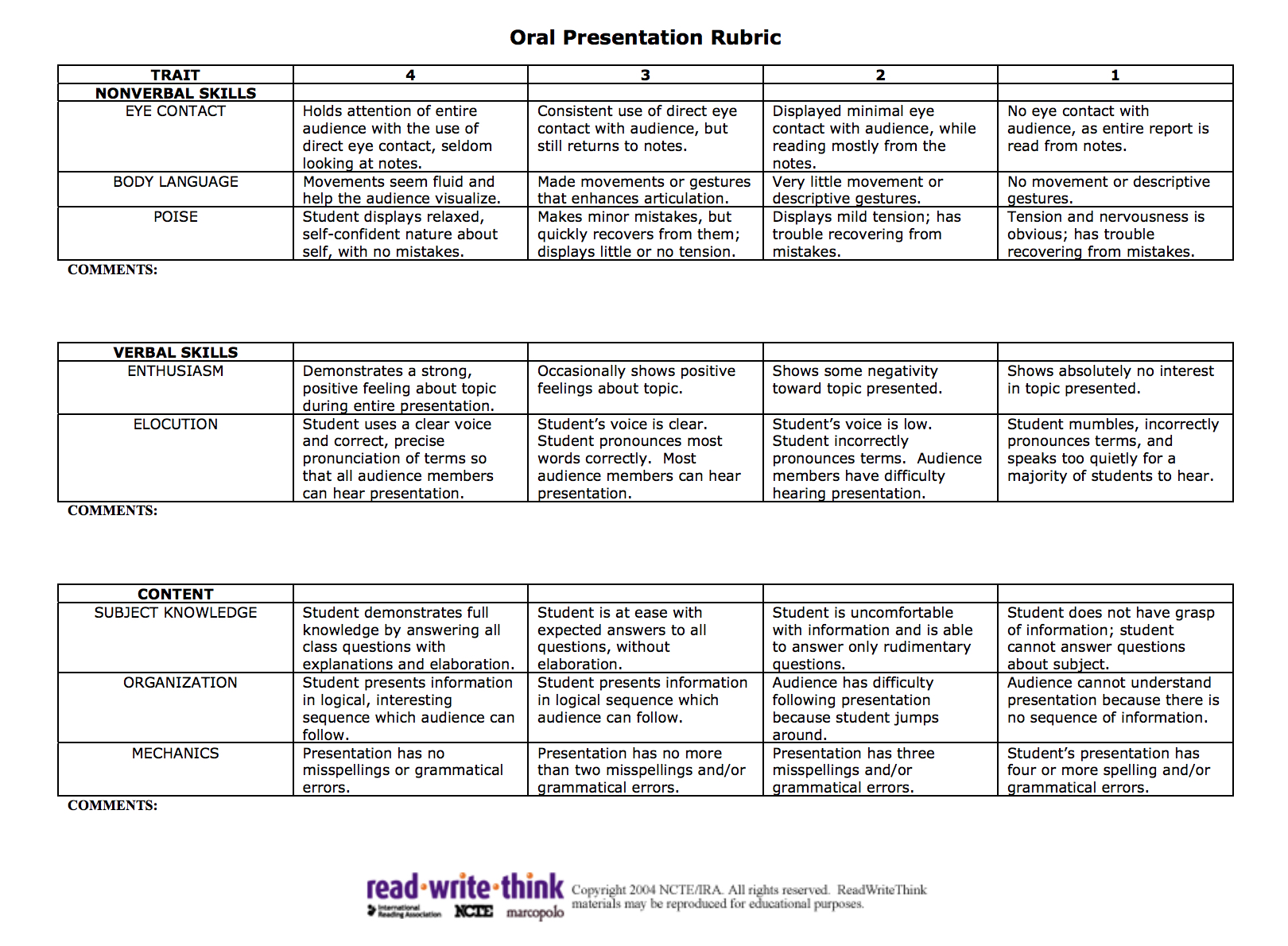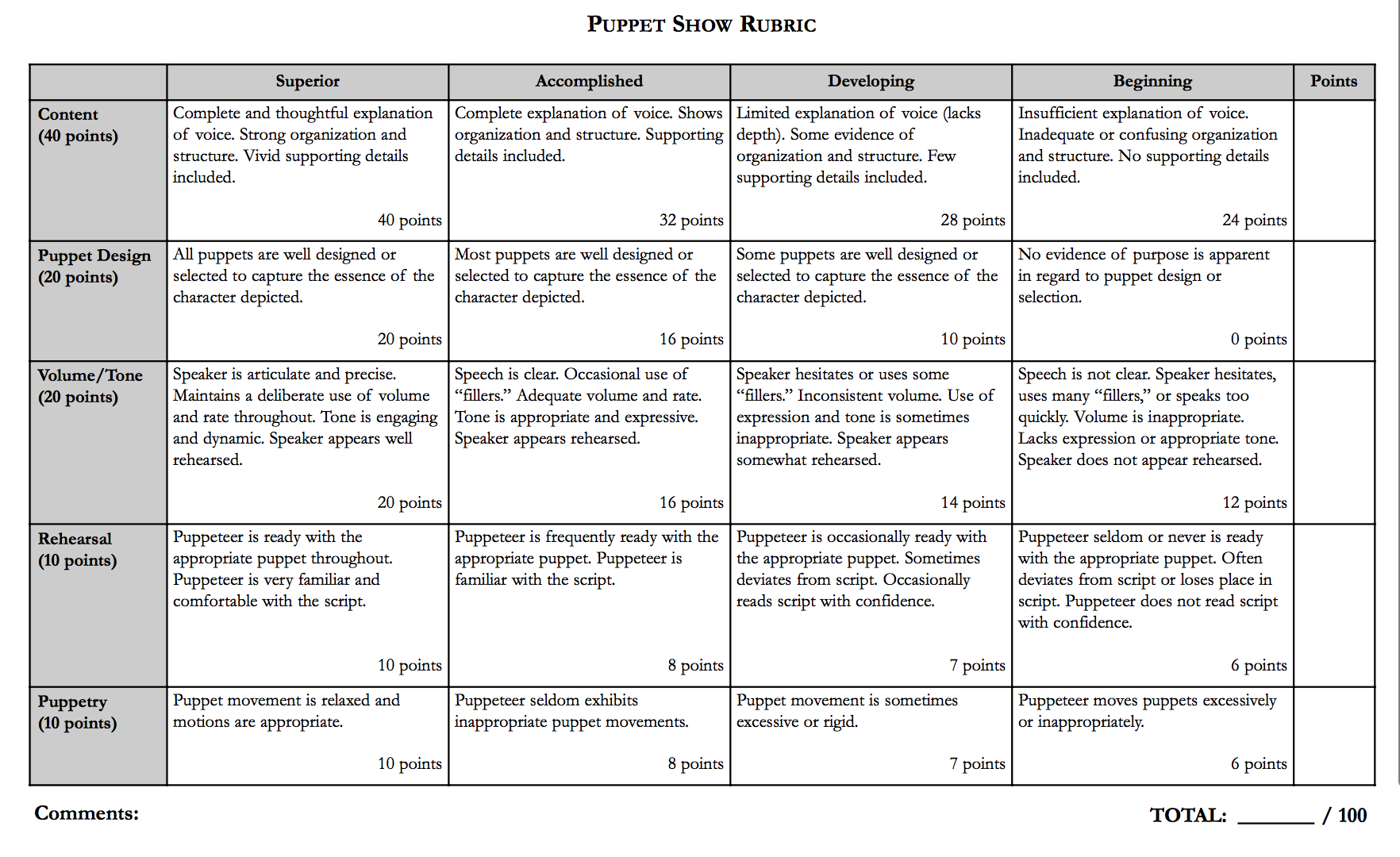We're often asked how parents should evaluate homeschool student progress.
Our first response is a bit of encouragement:
Who knows your homeschool student better than you?
As a home educating parent, you are uniquely positioned to know how your child is progressing, both in academics and in maturity.
But how do you evaluate that progress effectively?
Let’s consider three options for you to use.
First, though, a word about evaluating students of different ages and grade levels.
AGE & GRADE CONSIDERATIONS

If you are homeschooling a very young student, you can simply apply a sticker or emoji face to your child’s work based upon its quality.
There is little need for formal evaluations for students in the early grades unless you suspect a learning disability. Focus on the basics and on making learning fun.
Once your student nears middle school and high school, it’s time to start building structure into your evaluation process.
If you have a high school student, you’ll find detailed information about transcripts in our Homeschool High School Transcripts blog post or in this Homeschool Transcript Guide post.
Now, let’s look at three ways
you can evaluate homeschool student progress.
1. ASSIGNING LETTER GRADES

Most of us are familiar with traditional letter grades.
In most cases, they are based upon percentages of correct answers in completed work.
For example, a student who got 8 out of 10 questions correct on a simple quiz would score 80% (8 divided by 10).
On more complicated tests, you might assign added weight to more challenging questions. In that case, correct answers on those questions will tally more than just one point.
For other work, like essays or projects, a percentage grade can be based upon comparing the submitted work to a defined standard.
After you’ve calculated percentage grades, you use a grading scale to determine the grade.
Here are two sample grading scales:
Homeschooling parents can choose the grading scale they want to use.
If your future plans include any possibility of enrolling your child in a traditional school, you might want to ask the school about its grading scale and processes.
Also, if you're homeschooling with traditional textbooks, pre-packaged programs, or online courses, many will include guidelines that help you record letter grades.
Keep in mind that, in Iowa,
there is no legal requirement for assigning letter grades to your homeschool student 's work.
However, because a transcript is vital to your homeschooled student’s future, you'll probably need to use letter grades in the high school years.
Until then, you can consider using one of the alternative evaluation methods below.
2. USING CHECKLISTS

Checklists offer a simple way to measure your elementary or middle school child’s progress.
Instead of calculating percentages and assigning letter grades, you create lists of specific goals and check them off as your child progresses.
Who doesn’t love making that checkmark when the list item is completed?
Since evaluation checklists are based upon goals,
you’ll need to set some that are unique to your child.
You’ll find help on the Establish Goals page in our Homeschool Guide.
When setting your child's academic goals, you might find a tool called a “scope and sequence” helpful. It’s really just a list of the typical course of study for different grade levels.
Here’s a sample scope and sequence.
Remember that scope and sequence charts are suggestive tools, not restrictive requirements.
Want to see some checklist examples? Here are a few:
These examples would, of course, not be completed in a single lesson – or even in a week or a month of study.
You would be working with your student to accomplish these checklist goals over the course of the entire school year.
If you’d like more inspiration, grab a cup of coffee and devote some time to browsing Pinterest on a quest for “homeschool checklists.”
3. APPLYING RUBRICS

Unless you have an education background, the term “rubric” might sound foreign to you.
The term may be unfamiliar, but the idea is fairly simple.
It's essentially a chart that present criteria for student work along with a range defining quality levels.
Rubrics can be valuable tools to help you evaluate homeschool student progress.
And they can actually enhance performance when students consult the rubric and check their work against the defined standards before submitting it.
One of the strong points for using rubrics
is that they are amazingly adaptable
to almost any type of learning effort.
You can create rubrics for writing projects, science experiments, artwork, and project work. The possibilities are endless.
This article, Simple Rubric Examples for Teachers, will give you a good overview.
And here are some examples:
Notice from the puppet show example above that rubrics can be designed to assign percentages and corresponding letter grades as well.
YOU CAN EVALUATE STUDENT PROGRESS

You truly do know your child better than anyone else!
As your child’s parent and teacher,
you are ideally positioned to evaluate progress.
You also are best able to decide which of these three methods to evaluate your homeschool student would work best in your unique situation.
Using any one of them, or a creative combination, you can effectively evaluate your student's progress.
If you have additional questions, please reach out to our Homeschool Iowa Regional Representative who serves your area.



